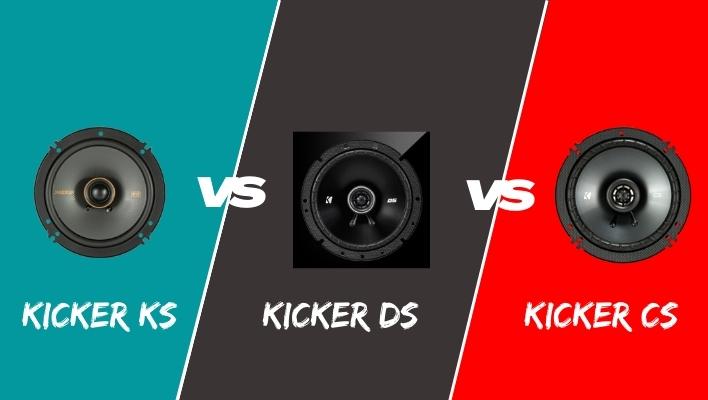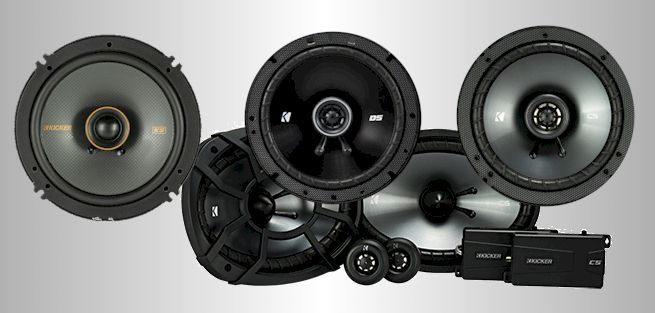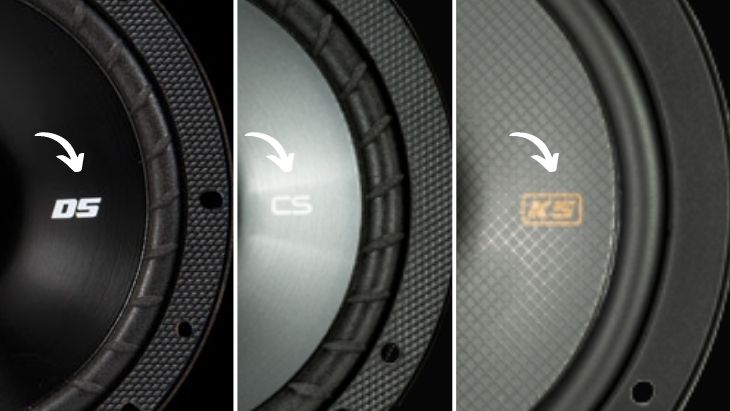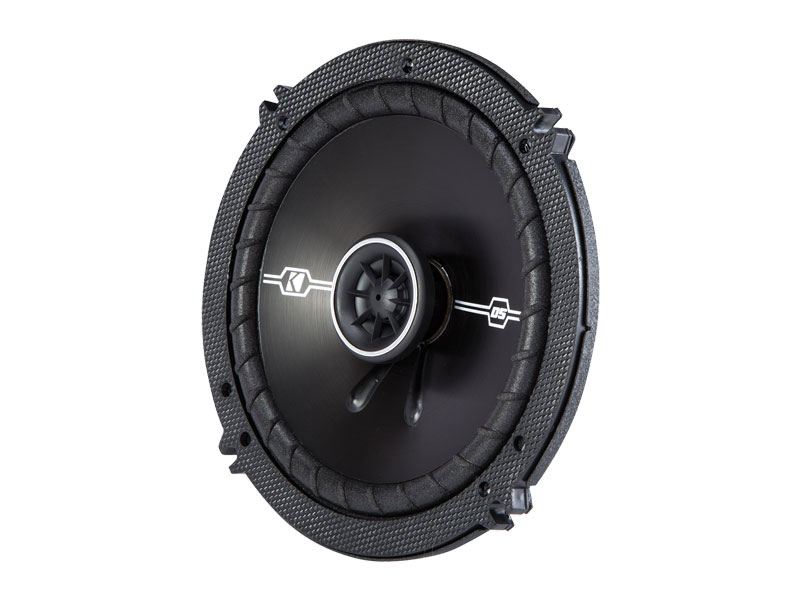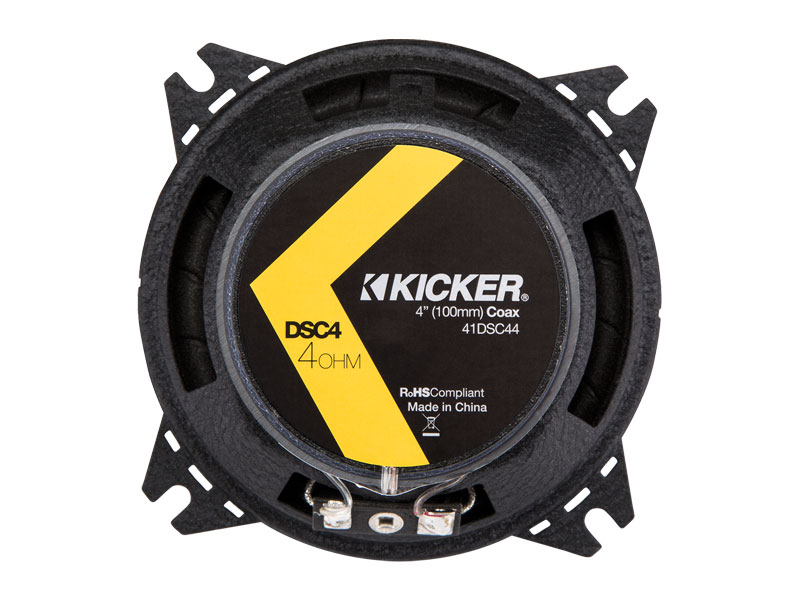Difference Between Kicker Cs And Ds
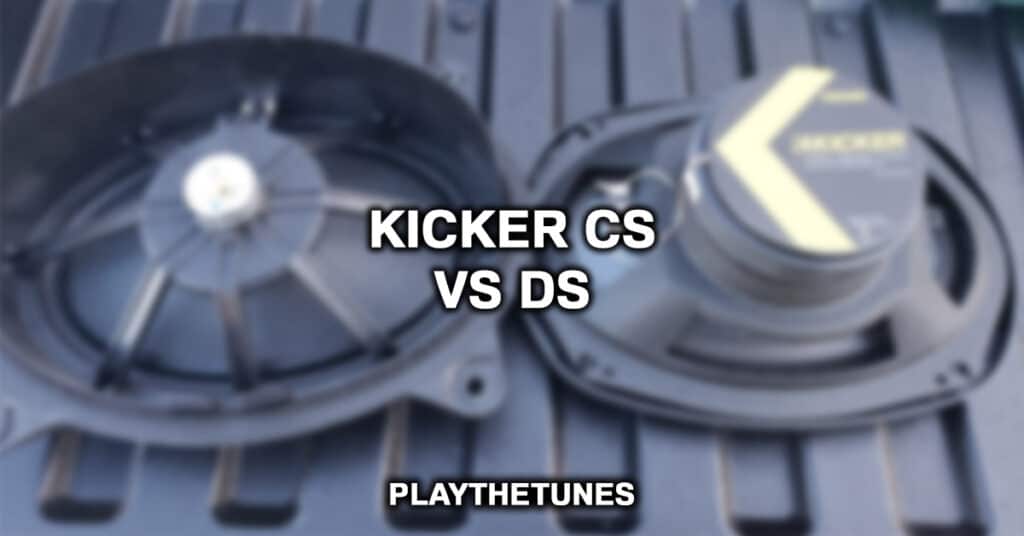
Urgent confusion is sweeping the football world. A surge in questionable calls has ignited a fierce debate: What separates a good kick from a failure?
This article dissects the critical differences between successful (C) and unsuccessful (D) kicks, aiming to clarify the often-opaque distinctions that determine game outcomes.
Key Differences Dissected
The margin between a 'C' and a 'D' often boils down to minuscule variations. These variations involve factors often imperceptible to the naked eye.
Launch Angle & Trajectory
A successful kick, denoted 'C,' typically demonstrates an optimal launch angle. This angle is usually between 45 and 55 degrees according to sports analytics site, StatsPerform.
Conversely, a 'D' kick often suffers from too low or too high launch angle, resulting in reduced distance or a trajectory easily blocked by defenders.
Contact Point on the Ball
Expert analysis from ESPN highlights the importance of the contact point. A 'C' kick showcases contact near the ball's sweet spot.
Improper contact, common in 'D' kicks, leads to inconsistent rotation and decreased power, affecting accuracy significantly.
Leg Swing Speed & Power
Velocity of the leg swing plays a crucial role. Kicker performance data from Pro Football Focus indicates a strong correlation between leg speed and successful field goals.
A slower leg swing typically results in a 'D' kick. The kicker then struggles to generate the necessary power and distance.
Environmental Factors
Wind speed and direction, as well as field conditions, are huge variable. NFL studies reveal that even slight breezes can drastically alter a kick's trajectory.
Successful kickers, like Justin Tucker, adeptly adjust their technique to compensate for these external factors. A 'D' kick frequently suggests failure to account for these environmental challenges.
Examples and Data
Adam Vinatieri's clutch kicks in the snow, especially during the "Tuck Rule" game, demonstrate the importance of environmental adaptation. He managed to make the kick in extreme conditions where many others would have failed.
Conversely, data analysis reveals that many missed field goals at high-altitude stadiums correlate with a failure to properly account for the thinner air's impact on ball flight.
The Mental Game
Beyond the physical, the psychological aspect cannot be ignored. The Journal of Sports Psychology emphasizes the impact of pressure and focus.
A confident kicker, prepared and focused, is more likely to execute a 'C' kick, while mental lapses often lead to 'D' kicks under pressure.
Ongoing Developments
The NFL is actively exploring new technologies to improve kick assessment and consistency. Refinements in rules and officiating procedures are continuously implemented.
Teams continue to invest heavily in analytics and specialized coaching to optimize kicking performance and minimize the frequency of game-changing 'D' kicks.

